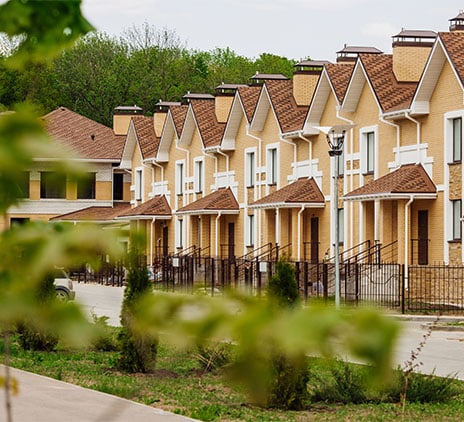Subscribe to our Tax insights to get the latest Budget insights, analysis, and event updates direct to your inbox.

The first budget of a new mandate felt like a familiar balancing act, one where caution meets competence. It was presented as a package for stability, resilience, and long-term support in challenging times.
All worthy touchpoints from a Finance Minister who deserves credit for fiscal discipline and a measured tone. The problem was not the numbers but the narrative.
Budgets are not only about balancing accounts. They are about direction and belief. On Tuesday, the picture painted was of a Government wary of overreach when it should be building the confidence to deliver.
Strength on paper
On paper, Ireland’s numbers are enviable. Tax revenues remain strong, unemployment is low, and the national finances are in better shape than at any point in living memory. Modified Domestic Demand, the best measure of real activity, is expected to grow by 3.3% this year and 2.3% next.
Employment is at record levels, with 440,000 more people in work than before the pandemic and a further 63,000 jobs expected next year. Inflation is easing towards 2% and the Exchequer is again in surplus, with €10.2 billion this year and a forecast of €5.1 billion for 2026.
The debt-to-GNI* ratio has fallen below 60%, and two new long-term savings vehicles – the Future Ireland Fund and the Infrastructure, Climate and Nature Fund – are expected to hold around €24 billion by the end of next year and more than €40 billion by the end of the Government’s term.
These figures describe an economy that has not only recovered but is thriving. The danger is that Ireland mistakes fiscal stability for success. Strong numbers and surpluses will not solve the problems that limit growth or quality of life. But they should give the state a platform to invest with confidence.
Differing interpretations
As the Minister’s speech unfolded, Budget 2026 felt more like an exercise in caution and restraint. Or was it? How numbers are framed can matter as much as how they’re counted, and the Irish Fiscal Advisory Council (IFAC), among others, offers a very different view of Ireland’s approach.
It argues that the Government’s stance is far from restrained, warning that spending growth continues to run ahead of sustainable limits. IFAC’s pre-Budget analysis pointed to an underlying deficit of more than €13 billion once windfall corporation tax is stripped out. In its view, the problem is not excessive caution but excessive expansion.
They are not alone in questioning the arithmetic. While the official line is that the package totals €9.4 billion, The Business Post reported a far larger increase once changes to the 2025 base and new contingency funds are factored in. The paper calculates that total voted expenditure for 2026 will rise to €117.8 billion, €12.4 billion higher than last year’s figure.
Those differing interpretations show how the gap between the narrative of moderation and the reality of rapid expansion risks fuelling cynicism. Some see a government hooked on permanent spending hikes disguised as prudence; others argue that the optics of “restraint” are at odds with the fiscal numbers beneath. Both views have merit.
Those caveats should not obscure the reality that Ireland’s relatively rude fiscal health gives us the means to build, reform and invest in the things that will matter a decade from now. Beyond the debate over how the Budget is framed lies a deeper question: what is the money achieving?
Beyond the economic numbers
The Government knows it will be judged on delivery, so whether the Budget is too loose or too cautious matters less than whether it actually works. Promises of streamlined regulation and reduced administrative drag are overdue. The numbers look good today, but closer scrutiny of Ireland’s broader economic health reveals signs of slow erosion in competitiveness.
This is not due to global shocks or tariffs, but rather to homegrown constraints. Issues with housing, energy, water, and transport infrastructure are not just social issues; they are also economic ones that quietly drag on productivity and the country’s growth potential.
Announcing record capital budgets and promising reform is easy; executing on time and at scale is much harder. Perhaps focusing on the economic numbers misses the point.
The real constraint on ambition is not financial but physical. Ireland has the money but not always the means. Construction capacity, planning systems, labour availability and energy infrastructure are all under strain.
Turning surpluses into outcomes
The supply side of the economy simply cannot absorb capital at the rate the State is now allocating it. That growing gap between fiscal capacity and delivery capability is a real risk. Closing it is what will turn surpluses into outcomes.
So while we crunch the numbers, the real question beyond Budget 2026 is whether the Government is acting boldly enough to tackle the barriers now beginning to bite. Tuesday was a story of competence and care, but not necessarily of boldness. I cannot shake the feeling that Ireland is still playing it safe when it could be playing it smart.






